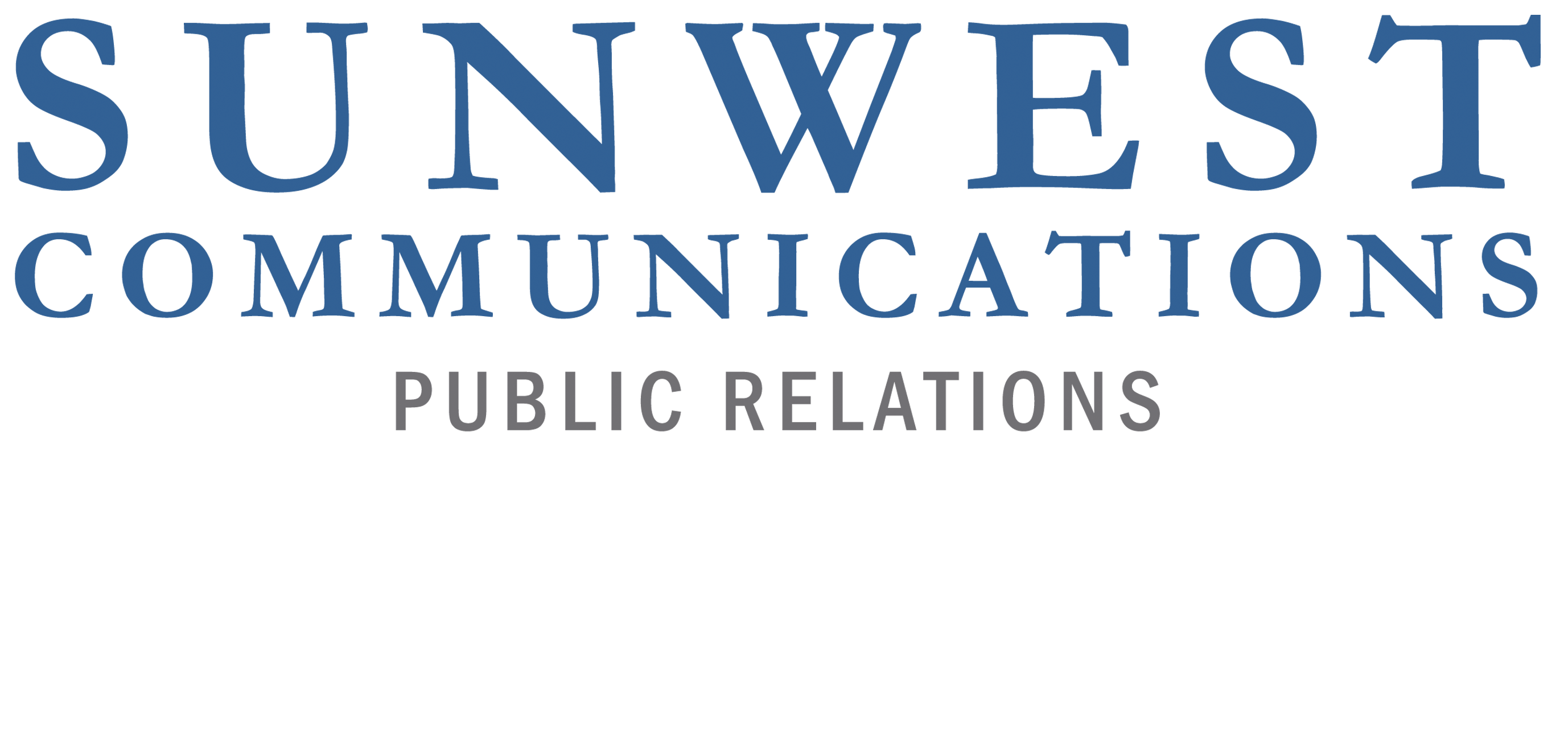The Integral Trio
March 11, 2024Crisis Communication, Speech Writing and Public Relations (PR) Risk Preparation
In today’s fast-paced world, crisis communication, speech writing and PR risk preparation have become essential tools for navigating unforeseen challenges. Bill Powers explains in this episode of the Sunwest Communications podcast “Reputation Matters,” how these tools not only help manage the immediate fallout but also work to preserve long-term reputation.
Create a Plan and Assign Roles
A crisis communication plan is an important component of a business’ preparedness program. A business must be able to respond promptly, accurately and confidently during a time of crisis.
Without a well-developed crisis communication plan, organizations fall victim to chaos. The lack of structure often results in a reactive response that may cause damage to your brand, distrust among your internal and external stakeholders and ultimately a loss in revenue or market share.
It’s important to identify and prepare for potential crises specific to your organization and conduct thorough risk assessments. Having a clear and concise internal crisis communication strategy with designated roles is essential and key to mitigating damage. Determine the potential risks and audiences affected and map out the internal expectations and responsibilities of employees, not just your spokesperson.
Craft and Practice Key Messages
Within crisis management, strategic speech writing is key. When delivered with empathy and precision, speeches have the power to shape a narrative, foster unity among your audience and provide confidence within your organization.
Speech writers must tailor each message to its unique audience while understanding the interests, concerns and needs of various stakeholders or audience members. This allows the speechwriter to have control over the customization of the message they are trying to portray. Whether addressing an internal or external audience, the goal is to mitigate the consequences.
It is important to create a balance between positivity and realism. Believe what you say and be honest. Acknowledge challenges, address concerns and provide a solution without making excuses.
Maintain consistency with your key messages to help ensure the speaker’s credibility. Each showcase of the speech or message should align seamlessly with each other, reinforcing a consistent narrative. This is important to keep in mind when trying to reach a variety of audiences.
Each speech should connect with the audience on some level. Personalize the crisis to create a lasting emotional connection that resonates with each audience member.
Prepare in Advance of a Crisis
Public Relations efforts can serve as an initial defense against potential threats to an organization. With many factors remaining outside of an organization’s control, it is important to stay vigilant about managing your company’s reputation.
When looking at potential risks, it is important to look at external factors as well as industry news and trends. By staying informed, an organization can proactively adapt its strategies and prepare for any arising challenges. Be sure to provide consistent messaging for customer service and other customer-facing employees. Invest in social media monitoring within your company and keep your finger on the pulse of your competitor’s as well. This strategic approach can help diminish risk before it happens.
Aside from external risks, it is equally important to look at potential internal risks. Organizations must implement proactive measures to prevent internal crises, such as controversy, scandal or data breach. This involves creating a culture of transparency and accountability and encouraging ethical behavior within each member of the organization.
Being able to seamlessly adapt to different scenarios is the overarching goal of most PR risk preparations. By tailoring responses and scenarios based on the severity of the crisis, organizations can effectively manage their communication channels. This adaptability is crucial in managing challenges and maintaining trust within an organization.
Conclusion
Crisis communication plans act as the backbone of an organization, providing a pre-planned approach to crisis management. The strategic messages within a speech play an essential part in the consistency and emotional intelligence of the organization while PR risk preparation acts as an organization’s defense, ensuring it is adaptable in the face of change.
Sunwest’s seasoned and robust Crisis Management practice has seen it all. It’s this experience that has taught us that when it comes to an issue or crisis, it’s not a matter of if, but when.
One of our biggest jobs is looking around the next corner so you don’t have to. We help you anticipate unexpected attacks on your reputation. And, when issues arise, we’re here to help you navigate through them.
